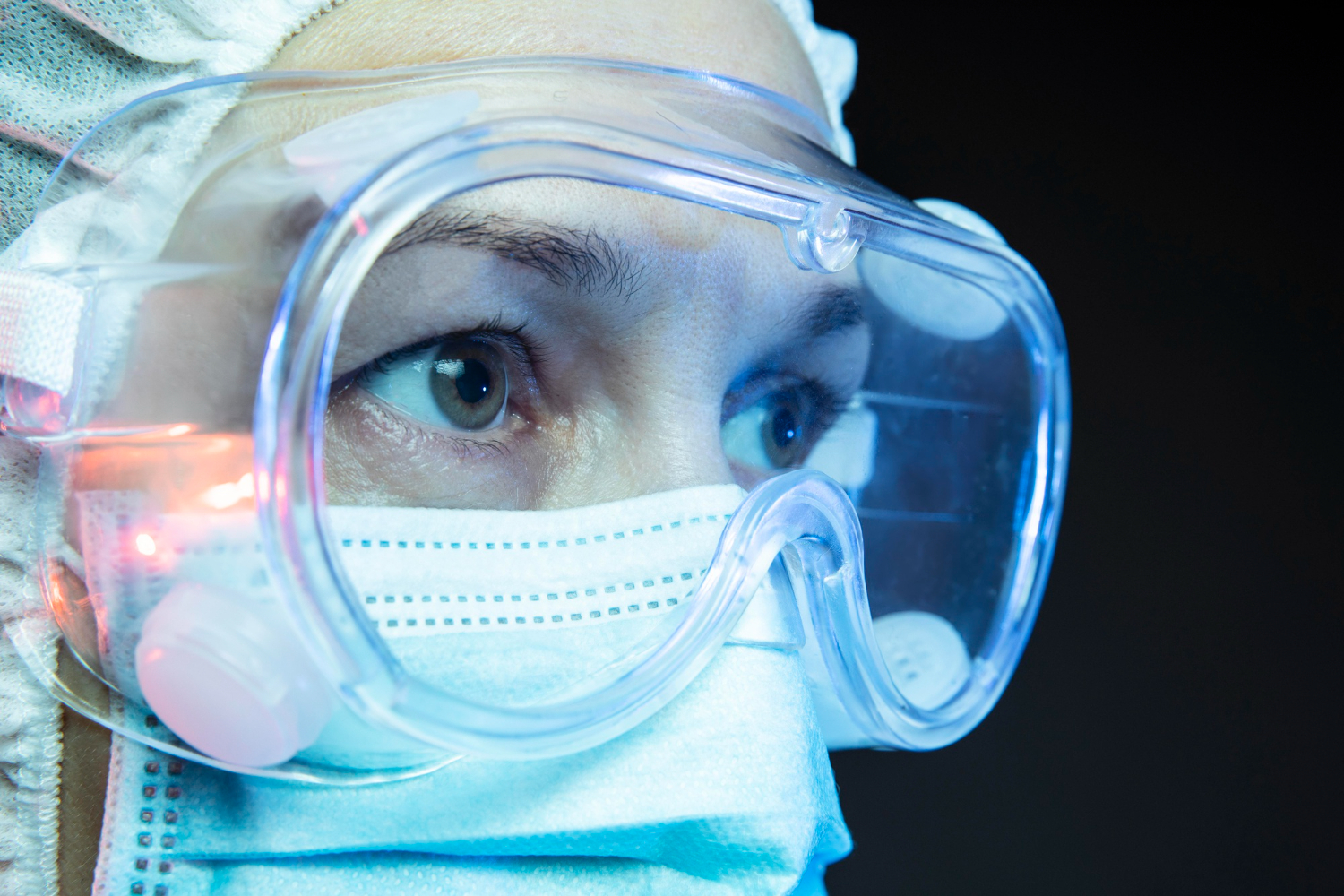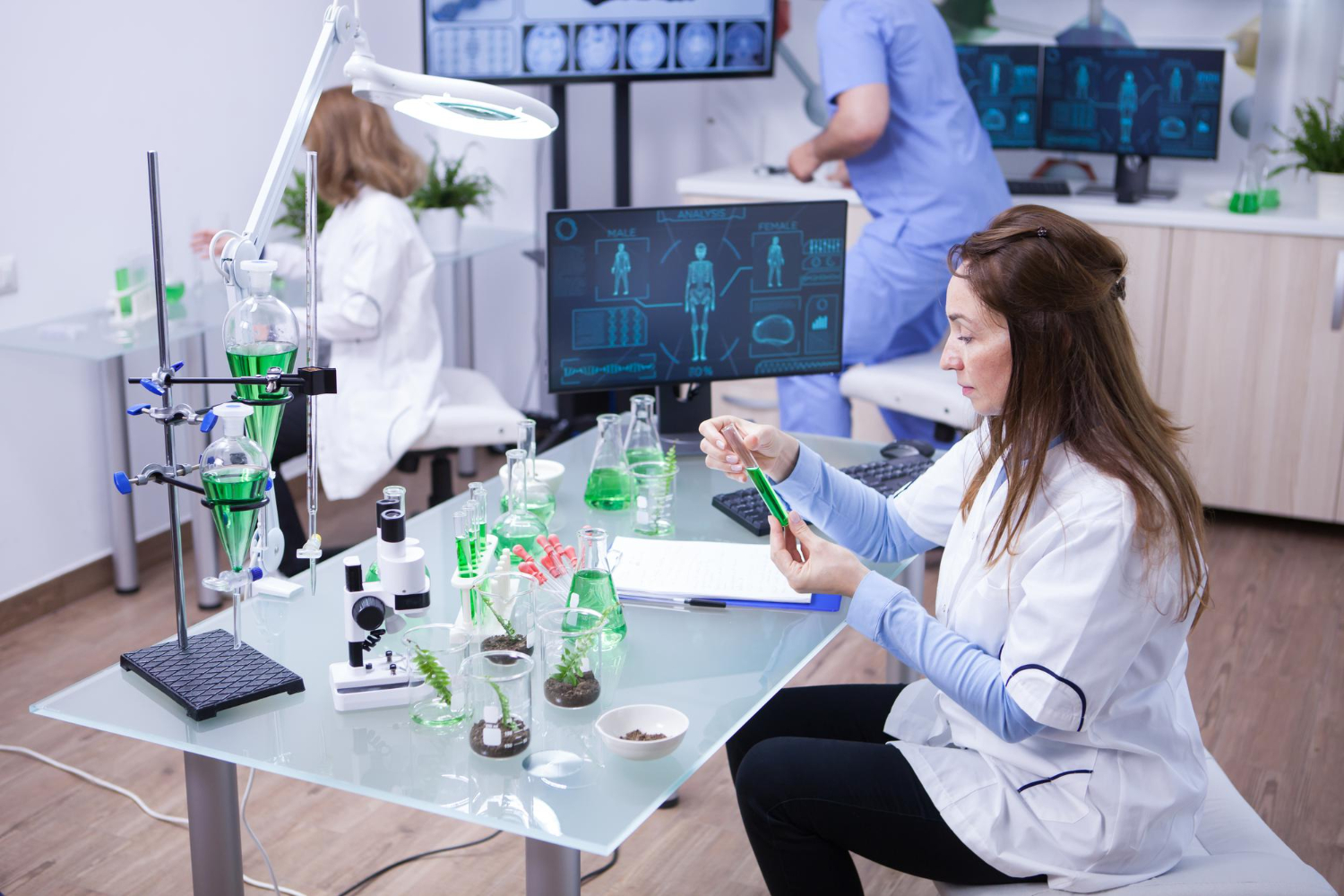Vision technology in medical manufacturing is transforming how the industry ensures quality and precision. Medical products require strict compliance with safety standards. Even the smallest defect can compromise patient health. Machine vision systems now play a critical role in maintaining the highest standards of quality across manufacturing operations.
Medical components demand a level of precision that manual inspection cannot guarantee. Human error is inevitable when dealing with thousands of parts on a production line. AI-powered vision inspection systems eliminate these risks by automating checks and providing real-time feedback. This approach improves efficiency and ensures high-quality output.
Why Vision Technology Matters in Medical Manufacturing
The manufacturing process for medical products is complex. It involves multiple stages, from raw material preparation to assembly verification. Each stage must meet strict regulatory requirements. Traditional inspection methods are time-consuming and prone to mistakes.
Vision technology solves these challenges by introducing advanced imaging and machine learning into the workflow.
Machine vision systems analyse every component with unmatched accuracy. They detect defects that the human eye might miss. This capability ensures that medical components meet specifications before they move to the next stage. The result is a streamlined quality control process that supports compliance and reduces waste.
Read more: Predictive Analytics Shaping Pharma’s Next Decade
How AI-Powered Vision Inspection Works
AI-powered vision inspection combines advanced imaging with machine learning algorithms. Cameras capture high-resolution images of medical components on the production line. The system compares these images against predefined standards using a based system of rules and predictive models. When anomalies appear, the system flags them instantly.
This real-time analysis allows corrective actions without halting the entire manufacturing process. Operators receive alerts and can address issues immediately. The integration of AI reduces reliance on manual checks and improves consistency across batches. Pharmaceutical and medical device manufacturers benefit from faster turnaround times and lower costs.
Applications Across the Manufacturing Industry
Vision technology supports a wide range of applications in the manufacturing industry. In medical manufacturing, it ensures assembly verification for complex devices. It checks alignment, orientation, and completeness of parts. For consumable medical products, vision inspection validates packaging integrity and labelling accuracy.
Ice manufacturing and other specialised sectors also use similar systems to maintain quality. The principles remain the same: advanced imaging, machine learning, and automated decision-making. These technologies reduce human error and guarantee compliance with industry standards.
Benefits for Production Lines
Implementing machine vision systems on the production line delivers multiple benefits:
-
Precision: Systems achieve a level of precision beyond manual inspection.
-
Speed: Real-time analysis accelerates the manufacturing process.
-
Consistency: Automated checks ensure uniform quality across batches.
-
Cost Efficiency: Early detection of defects reduces waste and rework.
These advantages make vision technology essential for companies aiming to maintain the highest standards of quality in medical manufacturing.
Read more: AI in Pharma Quality Control and Manufacturing
Advanced Imaging and Machine Learning in Quality Control
Advanced imaging captures detailed visuals of medical components. Machine learning algorithms interpret these images and identify patterns. Over time, the system improves its accuracy by learning from new data. This adaptability makes AI-powered vision inspection a long-term solution for quality control.
Control charts and statistical models complement these systems. They track performance metrics and highlight trends. When deviations occur, predictive analytics suggest corrective actions. This proactive approach prevents defects from reaching customers and supports continuous improvement in manufacturing operations.
Predictive Analytics for Proactive Quality Control
Predictive analytics is becoming a cornerstone of vision technology in medical manufacturing. Instead of reacting to defects after they occur, manufacturers can anticipate potential issues before they disrupt production. AI-powered systems analyse historical data from the manufacturing process, including sensor readings, control charts, and inspection results. These insights allow predictive models to forecast deviations in quality and equipment performance.
Predictive analytics can help us. For example, if a machine has small changes in vibration or temperature, it can alert us. This way, we can perform maintenance before a failure occurs. This proactive approach reduces downtime and prevents costly interruptions.
It also ensures that medical components maintain the highest standards of quality throughout the production line.
Predictive models also help optimise inspection strategies. By identifying patterns in defect occurrence, systems can adjust inspection frequency dynamically. This reduces unnecessary checks while maintaining compliance. Manufacturers gain efficiency without compromising safety or reliability.
Robotics Integration for Automated Precision
Robotics integration is the next evolution in medical manufacturing. Vision technology combined with robotic systems creates fully automated workflows. Robots equipped with machine vision systems can handle assembly verification, component alignment, and packaging with unmatched accuracy. This synergy eliminates human error and accelerates production cycles.
In complex assembly tasks, robots guided by advanced imaging ensure precise placement of medical components. AI-powered vision inspection validates each step in real time, confirming that every part meets specifications. When anomalies occur, robots can pause operations and request corrective actions, maintaining a consistent level of precision.
Robotic systems also support scalability. As demand for medical products grows, automated lines can increase throughput without sacrificing quality. Manufacturers achieve high-quality output at scale, meeting global healthcare needs efficiently.
Read more: Generative AI for Drug Discovery and Pharma Innovation
Compliance Frameworks and Regulatory Assurance
Compliance is non-negotiable in the manufacturing industry, especially for medical products. Regulatory bodies require detailed documentation of every step in the manufacturing process. Vision technology simplifies compliance by providing automated records of inspections, measurements, and corrective actions.
AI-powered systems generate audit-ready reports in real time. These reports include image evidence, statistical data, and timestamps for every inspection. When regulators review processes, manufacturers can present clear and verifiable proof of adherence to standards. This transparency builds trust and accelerates approval for new products.
Compliance frameworks also address data security and intellectual property. Vision systems process sensitive information, including proprietary designs and patient-related data in some cases. Manufacturers must implement strict access controls and encryption protocols to protect this information. Robust governance ensures that automation and predictive analytics operate within ethical and legal boundaries.
Future Trends in Vision Technology
The future of vision technology in medical manufacturing looks promising. Systems will become more sophisticated, integrating neural networks for deeper analysis. Real-time monitoring will extend beyond defect detection to predictive maintenance. Manufacturers will anticipate equipment failures and schedule repairs before disruptions occur.
Integration with robotics will enable fully automated production lines. Vision systems will guide robotic arms during assembly, ensuring accuracy and reducing cycle times. These advancements will set new benchmarks for efficiency and reliability in the manufacturing industry.
Smart Manufacturing: The Next Leap Forward
The convergence of vision technology, predictive analytics, and robotics is creating a new paradigm in medical manufacturing. This synergy transforms production lines into intelligent ecosystems where every component, process, and decision is interconnected. Advanced imaging systems feed real-time data into predictive models, which anticipate deviations before they occur. Robotics then executes corrective actions with unmatched precision, ensuring that medical products meet the highest standards of quality without delays.
Predictive analytics does more than forecast defects. It optimises resource allocation, schedules maintenance, and reduces downtime. Combined with AI-powered vision inspection, manufacturers achieve a proactive approach to quality control. This shift from reactive to predictive operations minimises waste and improves compliance across the entire manufacturing process.
Robotics integration amplifies these benefits. Automated assembly verification eliminates human error and accelerates throughput. Robots guided by machine vision systems maintain a level of precision that manual labour cannot match. As demand for medical components grows, this automation ensures scalability without compromising safety or reliability.
Compliance frameworks remain the backbone of this transformation. Automated reporting, secure data handling, and audit-ready documentation guarantee adherence to regulatory standards. Manufacturers can demonstrate transparency and accountability while embracing innovation. This balance between compliance and technology positions companies for long-term success in a competitive manufacturing industry.
Read more: Scalable Image Analysis for Biotech and Pharma
TechnoLynx: Your Partner for Vision Technology Solutions
TechnoLynx helps medical manufacturers implement vision technology with confidence. We design AI-powered systems that combine advanced imaging, machine learning, and real-time analytics. Our solutions support assembly verification, defect detection, and compliance with regulatory standards.
We provide customised platforms tailored to your manufacturing process. Our team ensures seamless integration with existing operations and offers ongoing support. With TechnoLynx, you gain a partner committed to improving precision, reducing human error, and maintaining the highest standards of quality in medical manufacturing.
Contact TechnoLynx today and take the first step toward intelligent, compliant, and future-ready production!
Image credits: Freepik













